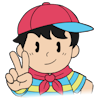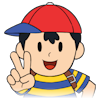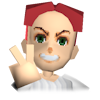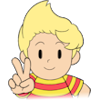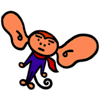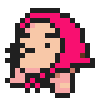About MOTHER / EarthBound Beginnings
by: Echoes on 1/19/2020
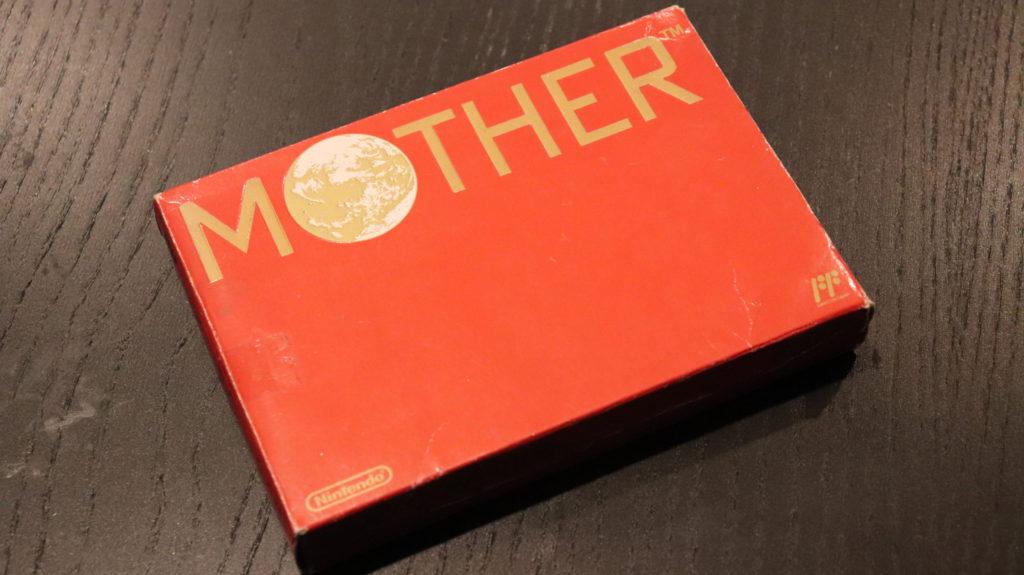
On July 27th, 1989, MOTHER (officially titled EarthBound Beginnings in the West) was released on the Famicom in Japan. It was the first game in the series of the same name created by Shigesato Itoi and published by Nintendo. Unlike other RPGs of its time, MOTHER was set in a contemporary caricature of America, featuring characters and mechanics inspired by that very setting. Instead of swords, our heroes wield baseball bats and frying pans as they battle agitated farmers, cunning hippies, crows, and other customary creatures, as they investigate the origin of a mystical science known as “PSI.”
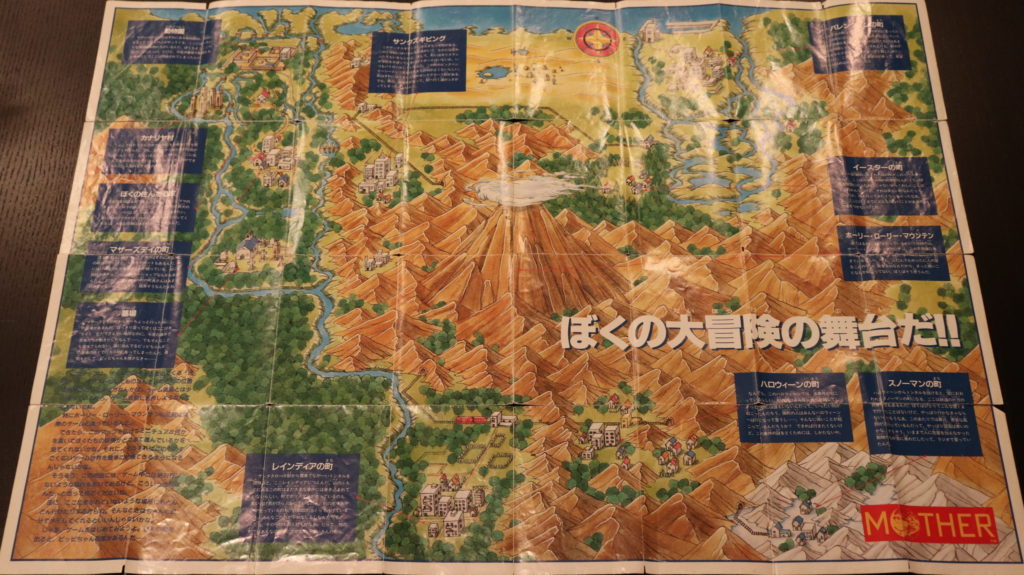
The main character of our tale is a young boy named Ninten, living in the quaint town of Podunk sometime during the 1980s. Comparatively to the usual fantasy RPG protagonist, Ninten is quite an ordinary child who suffers from asthma. Upon waking up one morning, Ninten finds his household erupting in what seems like an earthquake, only to discover the inanimate objects in his room are coming to life. The circumstances behind this commotion were revealed to him in a phone call from his traveling father:
“Decades ago, your great-grandfather George studied an otherworldly ability called ‘PSI’ and recorded all his research in a hidden diary locked in the basement.”
With that very diary in one hand and a cracked bat in the other, Ninten leaves home to trace his deceased grandfather’s footsteps to uncover the source of evil terrorizing his hometown.
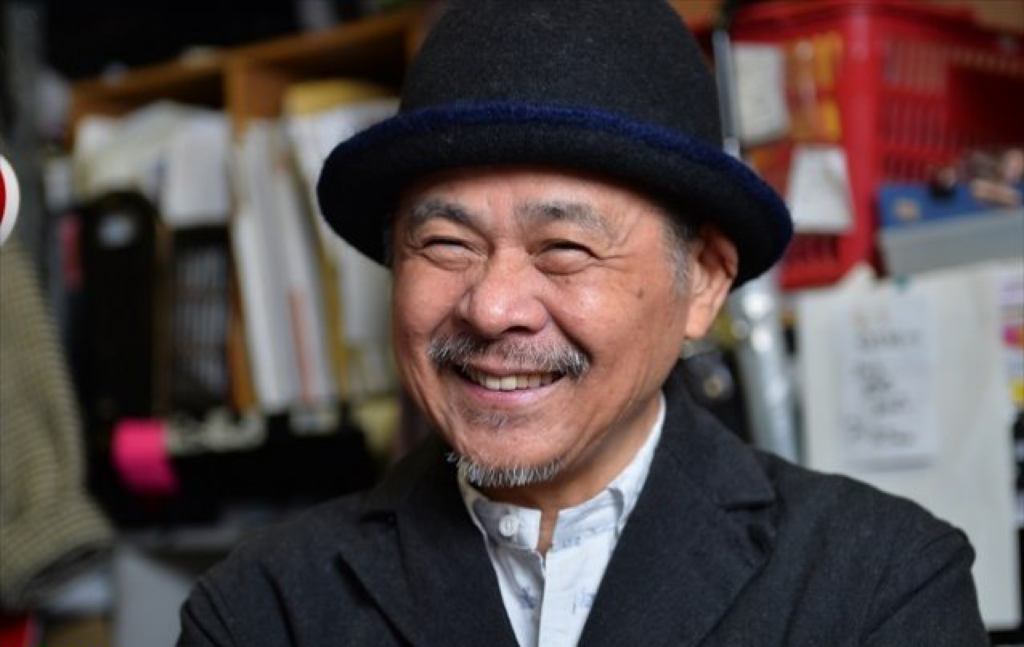
Before MOTHER even released, Shigesato Itoi was already a well-known celebrity in Japan. He rose to stardom during the copywriting boom, and in between that published many short stories, essays, and song lyrics. Itoi’s work wasn’t limited to only pages, as he also lent his voice to animated films and starred in his own gold-mining television show. By the late 80s, he was somewhat of an icon by the time his eyes were set on developing his own video game.
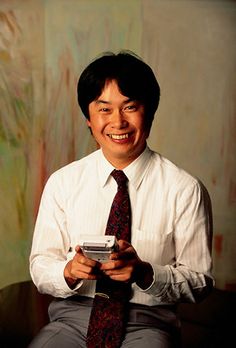
In 1987, Shigesato Itoi was summoned to Nintendo’s headquarters in Kyoto for some minor business discussions. Around this time Itoi had an obsession with Famicom games, specifically the Dragon Quest series. He found this meeting the perfect opportunity to pitch his concept for a game. At the end of the meeting, Shigeru Miyamoto agreed to hear Itoi’s proposals, but much to his dismay, Miyamoto didn’t seem very impressed. “I know it’s a lot of work, but… how about starting over from the beginning and making it simpler?” Miyamoto reluctantly questioned. Itoi took Miyamoto’s words with a heavy heart, but tried his best to remain positive. On the train ride back home he couldn’t help but shed some tears of frustration.
What Itoi didn’t know is that Miyamoto was actually intrigued by many of his ideas. What held him back from immediately greenlighting the project was the failure of past celebrity-endorsed video games, as well as doubt about whether Itoi would remain invested throughout development. After some more thought, Miyamoto gave him a call allowing him to return to Nintendo so he could propose his concept again. Soon after, MOTHER was finally put into production. Shigesato Itoi opened his own company, APE Inc., to develop the game.
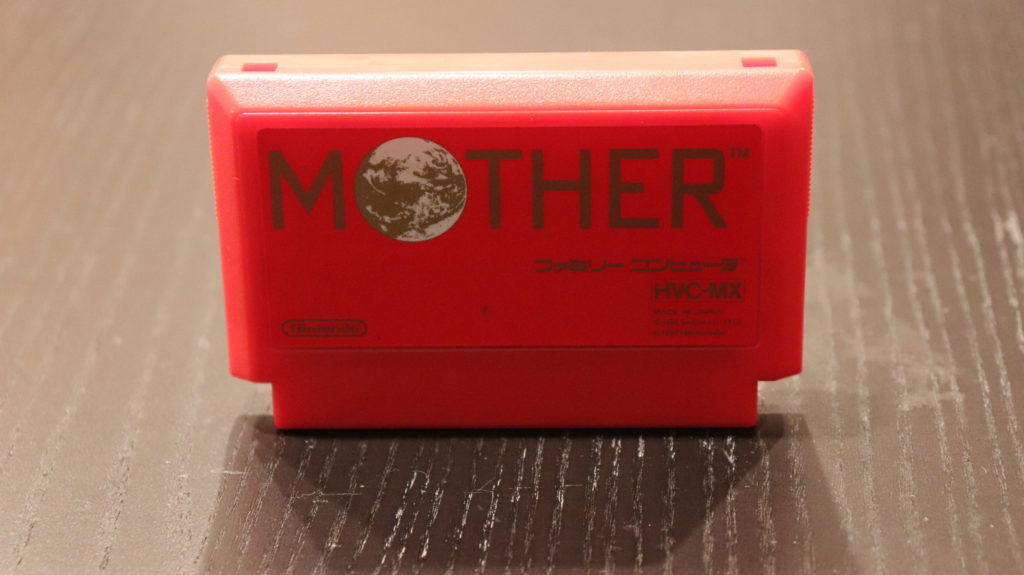
MOTHER was an amalgamation of all kinds of subjects that Itoi found interesting. The setting was chosen due to his lack of knowledge of the middle ages, as many games at the time tended to draw inspiration from; Itoi found a modern setting far more investing. One of the major inspirations for the game was the classic Stanley Kubrick film 2001: A Space Odyssey, which is evoked through the extraterrestrial themes and importance of monkeys. A fantastical element was needed to fill a hole in the game, leading to the creation of the whimsical city of Magicant, found at the heart of the story. One inspiration led to another when forming the game, which Itoi himself labeled as “the blending of genres,” right down to the music composed by Hirokazu Tanaka and Keiichi Suzuki. The soundtrack was inspired by the works of Prince, Frank Zappa, The Beatles, and My Bloody Valentine. Hirokazu Tanaka was the engineer of the Famicom sound chip and pushed the limits of what type of sounds he could create.
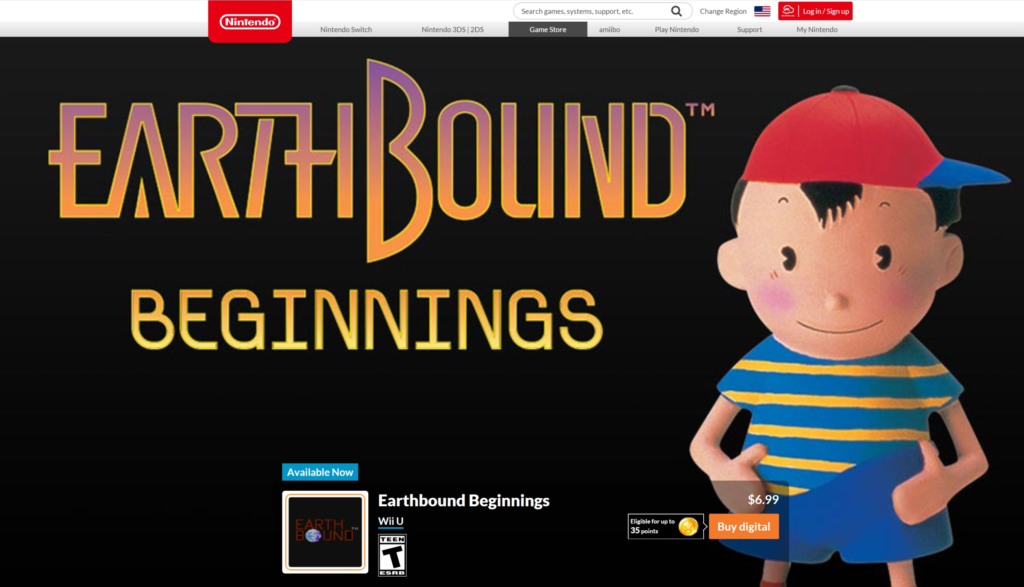
Upon release, the game was a smash hit, selling over 150,000 copies. It received high scores from gaming publications at the time, praising its touching story-telling, unforgettable music, and humor. On the other hand, many criticized the poor difficulty balance and lack of innovation. The game was enough of a success to warrant a localization in the West, which was announced under the name “EarthBound.” Phil Sandhop led development on this project after completing work on the original Final Fantasy. The English release was delayed several times despite being completed, with Nintendo of Canada even considering a late release in 1994 because the NES still had some sales momentum. The exact reasons for EarthBound being held back is up for debate, with many putting the blame on the niche appeal of RPGs at the time, but the primary fact stated by Phil Sandhop himself was the company’s focus being shifted over to the Super Nintendo. The prototype was shelved until it was officially released on the North American Wii U Virtual Console on June 14th, 2015 under the title “EarthBound Beginnings.” To this day, MOTHER is still a beloved classic in Japan, igniting a flame of nostalgia inside the heart of each and every player!
In-Game Screenshots
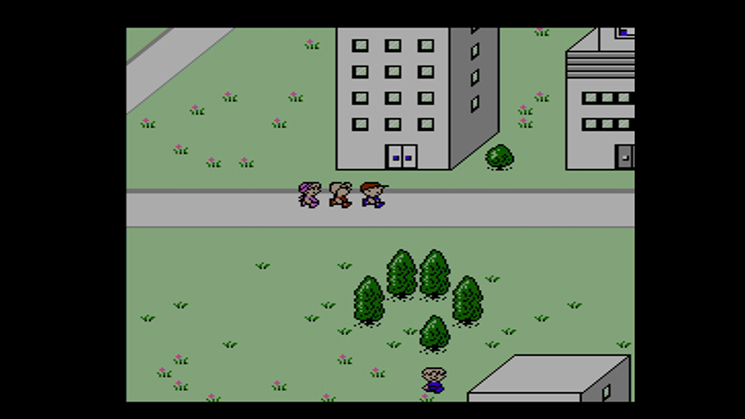
Ninten, Lloyd, & Ana roaming around in a city, searching for melodies!
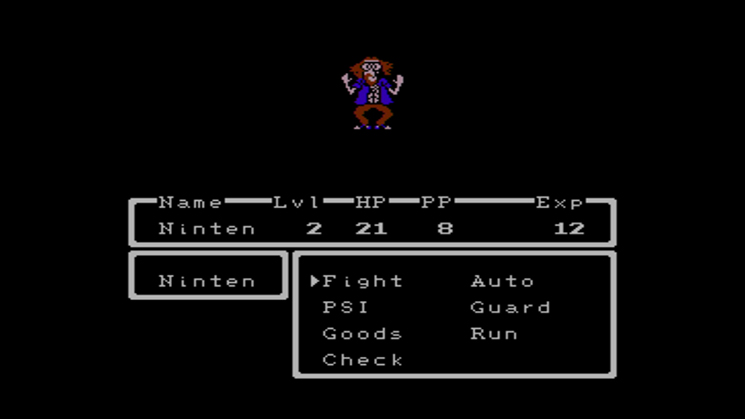
Ninten battling with a random Hippie! Brace yourself for some sweet Johnny B. Goodie!
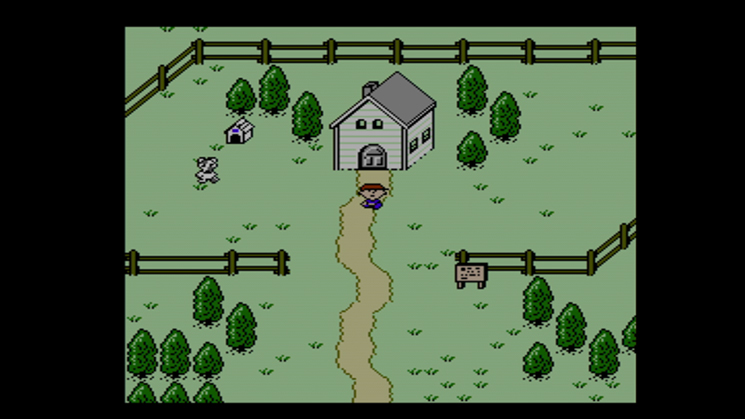
Ninten outside his home. Nice place you got there, Ninten!
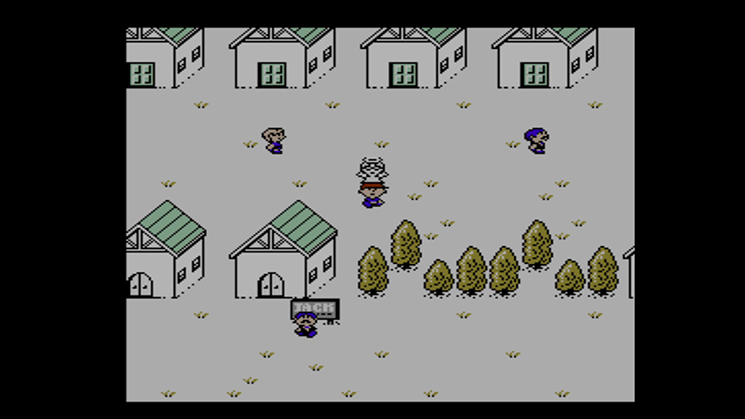
Ninten and a fainted Lloyd roaming around in the town of Snowman.
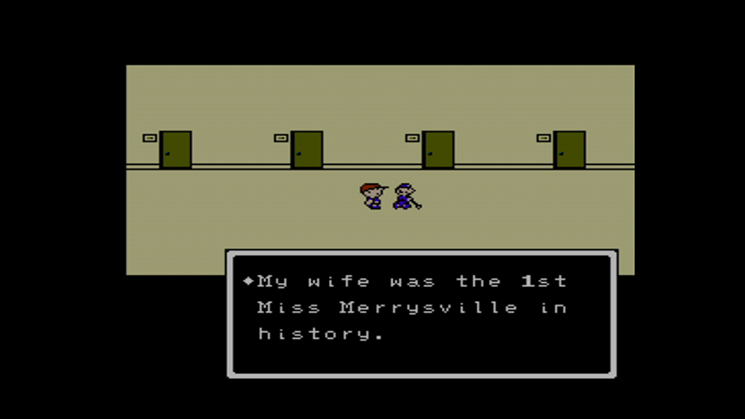
Ninten speaking to a janitor at Twinkle Elementary School.
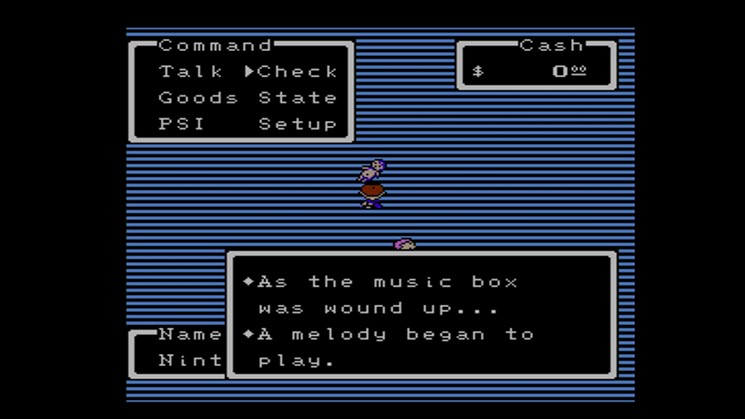
Ninten checking the baby-doll to obtain the first melody of the game.
Additional Links & Information
EarthBound Easy Patch
The EarthBound Easy patch is a small patch made by Clyde Mandelin. What this patch aims for is to make the game much more enjoyable by lowering the encounter rate of enemies and increasing EXP and money gained. For most players who played the original, these were the common complaints made, and thankfully Clyde has made it easier for everyone to enjoy the game.
EarthBound Beginnings Localization History
From the very beginning to its localization in the West on the Nintendo WiiU, a brief rundown of the localization history about MOTHER, from its distinctive early concept designs, translations, and information regarding Phil Sandhop’s work. Inclusion about the abandoned EarthBound prototype, its ROM distribution and upload to the internet by Demiforce, as well as its official release in North America and Europe on Virtual Console.
The Musicians & Artists of MOTHER
Everything you need to know about the musicians and artists behind MOTHER, featuring information about Catherine Warwick, Jeb Million, Louis Phillippe, Jeremy Budd, and other associates. This includes information about their involvement, inspirations, and ideals for MOTHER’s design with regards to Shigesato Itoi.
The Technical Side of MOTHER/ EarthBound Beginnings
Differences Between MOTHER & EarthBound Beginnings, Trivia & Factoids!



